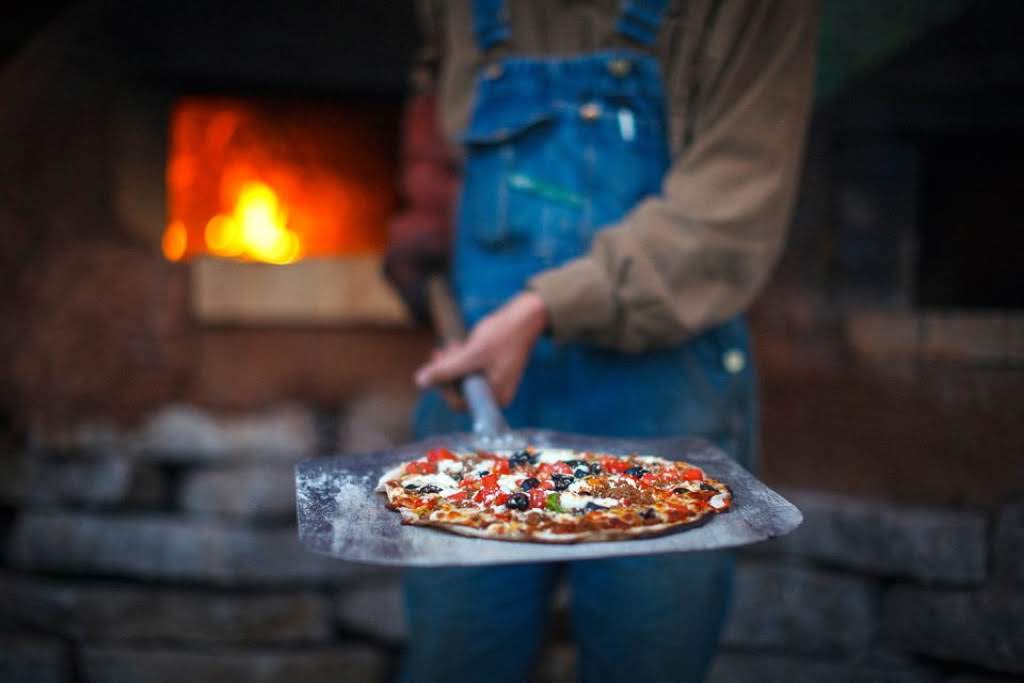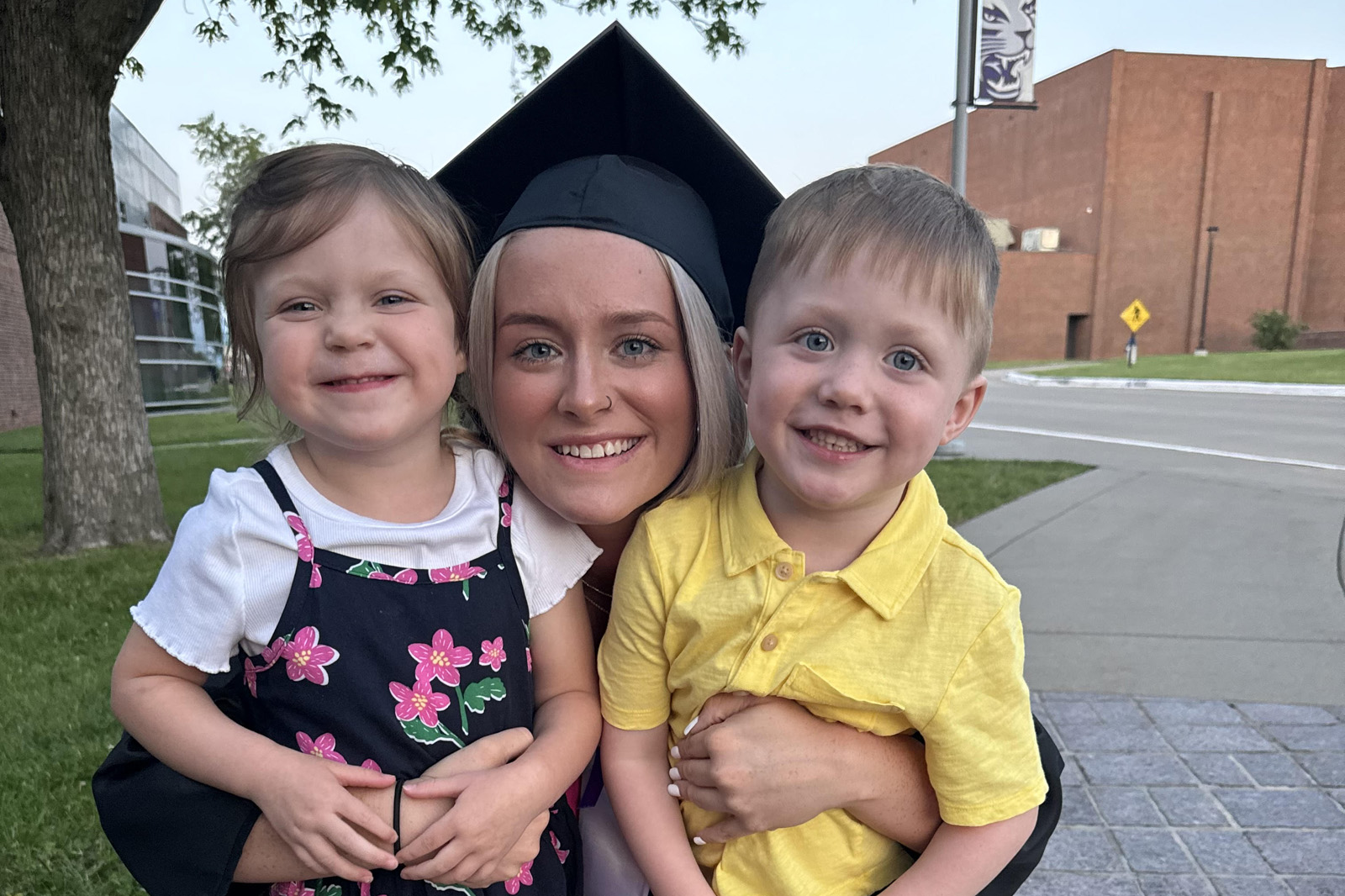OPINION |
The line to exit Kearney Street off of Highway 65 kept getting longer and it was already stacked down the exit ramp. I was the eleventh car waiting for the light to turn green. In the distance, I saw a man holding a tattered cardboard sign, “Down on my luck, no hope, anything would help.”
As he started walking down the ramp, several windows began rolling down, hands sticking out with dollar bills and the man swiftly walked to the car taking the cash. Our now long line inched forward as another green light cycle came and passed to our collective frustration. I was now third in line.
The man stood up again with the sign and started his walk down through the cars to make the same rounds. I watched the same scene unfold through my side mirror as he made his way toward my car.
I rolled down my window, “Hey, good morning! Sorry you’re down on your luck.”
He replied, “Yeah it’s bad.”
“I’m so sorry to hear that. Listen, my husband works in transportation just down the road. Would you like to get coffee with us at his work and see what job opportunities they have to offer?”
“No, I’m already working.”
“Excuse me?” He walked off as the light turned green.
Communities across our nation have tried to resolve the obstacles involving homelessness. Having seen hundreds of youth escape and get pulled back into homelessness over the years, I have learned a few key lessons.
Developing relationships key to helping homeless and underserved
To effectively impact homelessness and other underserved populations, there has to be a forward-thinking plan built on relationship development. A fantastic read on the subject is Steve Corbett and Brian Fikkert’s book, “When Helping Hurts: How to alleviate poverty without hurting the poor and yourself.” This book makes clear how to come alongside individuals while allowing them to keep their dignity as they rise above their present situations. Corbett and Fikkert state three critical phases in which people need help: relief, rehabilitation, and development:
- Relief — the urgent and temporary time period in which emergency aid is provided to reduce immediate suffering. This phase is known as, “stop the bleeding.” Typically the individual is incapable of helping him/herself nor has the capacity to make critical decisions.
- Rehabilitation — begins as soon as the “bleeding” stops; this is a delicate process to restore people to a positive place of their pre-crisis conditions. A key feature of rehabilitation is when the individual takes ownership in their own recovery.
- Development — the phase of ongoing mental, physical and spiritual change. It allows the individual to move closer to being in the right relationship with God, self, others, and the rest of creation. As marginalized individuals develop, they are better able to work and support themselves and their families with the fruits of that work.
The phases frequently overlap at different times and individuals may even revert back. However, the goal is to keep individuals moving forward to self-sufficiency and a place of dignity as your relationship with them sparks the love and trust we all need.
Depending on the situation and individual, relief can look vastly different. It may be that one needs assistance for housing, a food bank for their daily intake, and other daily essentials like clothing, diapers for their kids, school supplies, or a place to shower and do laundry. Relief can also be removing a person from an abusive home and placing them in a shelter. It also can be catastrophic where disaster aid is necessary. Whatever the case, relief is where a relationship begins, an evaluation of the situation is made, and a journey to move forward begins.
Rehabilitation activates the plan and strategies set in place during the prior relief phase. It may involve one or more of the following: addiction recovery, mental health care, social services, job training, counseling, and literacy development. Trusted advocates and mentors are crucial in this phase as for the first time, the individual begins making positive choices for a hopeful future and healthier relationships are being discovered.
As the individual becomes more confident in their everyday tasks and able to make critical decisions, they begin having an understanding of their God-given purpose. By now, their circle of friends and support are deeply woven as they too have watched the individual change his future by changing his daily decisions.
Is sticking a dollar bill out the window actually helping or hurting this individual?
I once read a quote, “If you want to change the future, change your mind.”
Perhaps we too need to take this approach the next time we see someone in need. Is sticking a dollar bill out the window actually helping or hurting this individual?
Next time you see someone in need, pause and ask yourself: How can I really help this person by providing a hand-up, not just a handout?
What if we allowed the underserved to become a part of our tapestry and sat next to them with our own cardboard sign, “I’m holding his hope until he can.”





